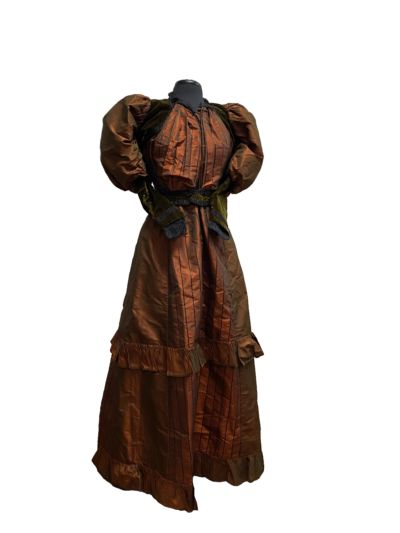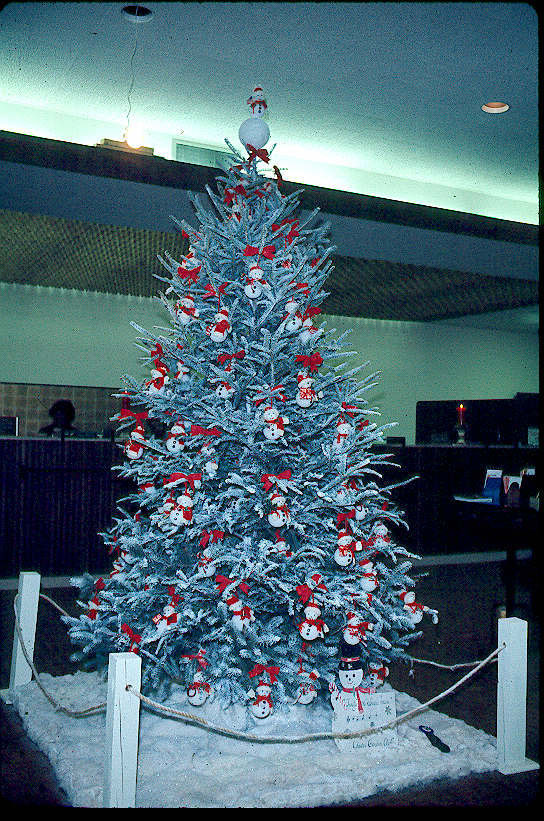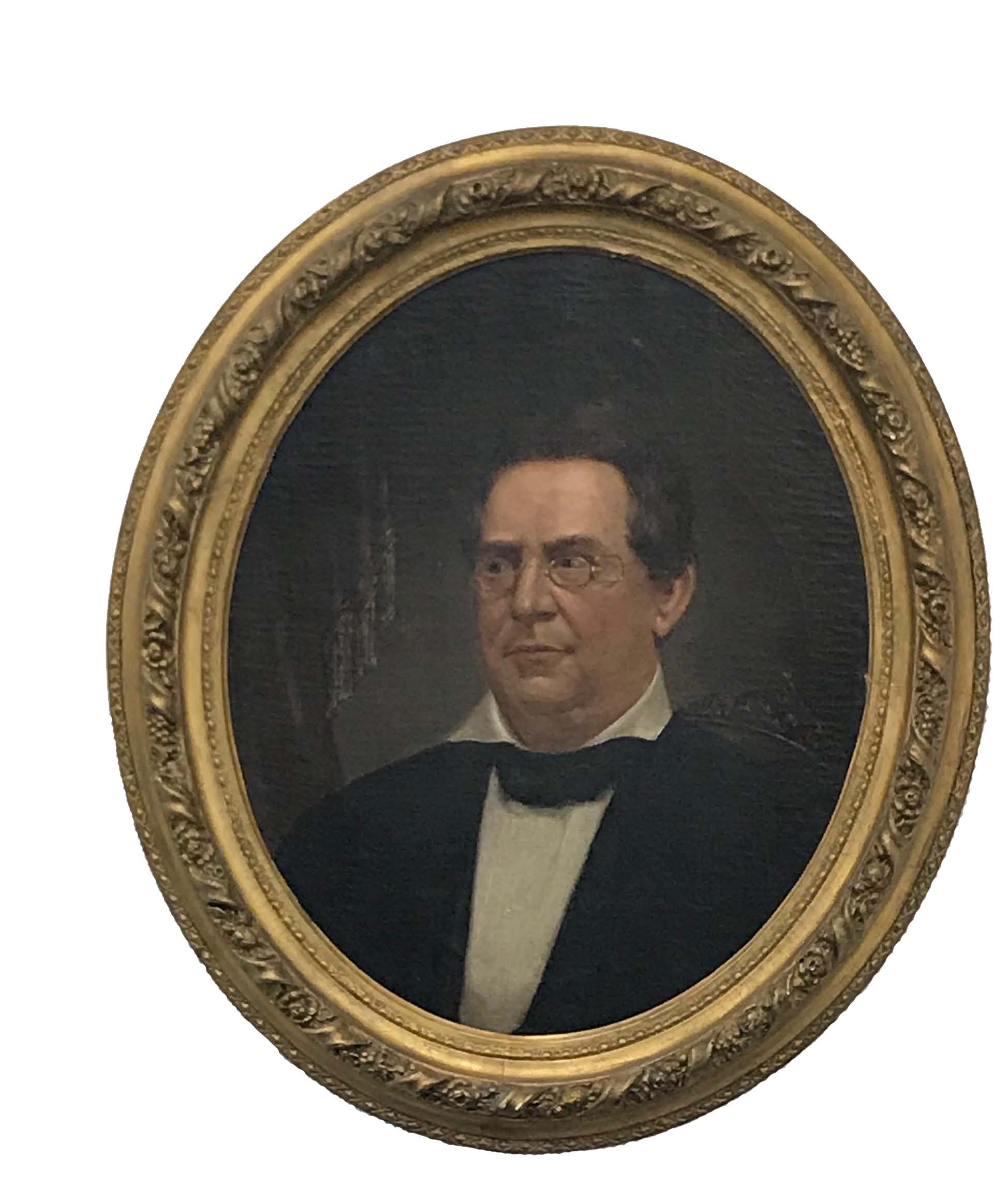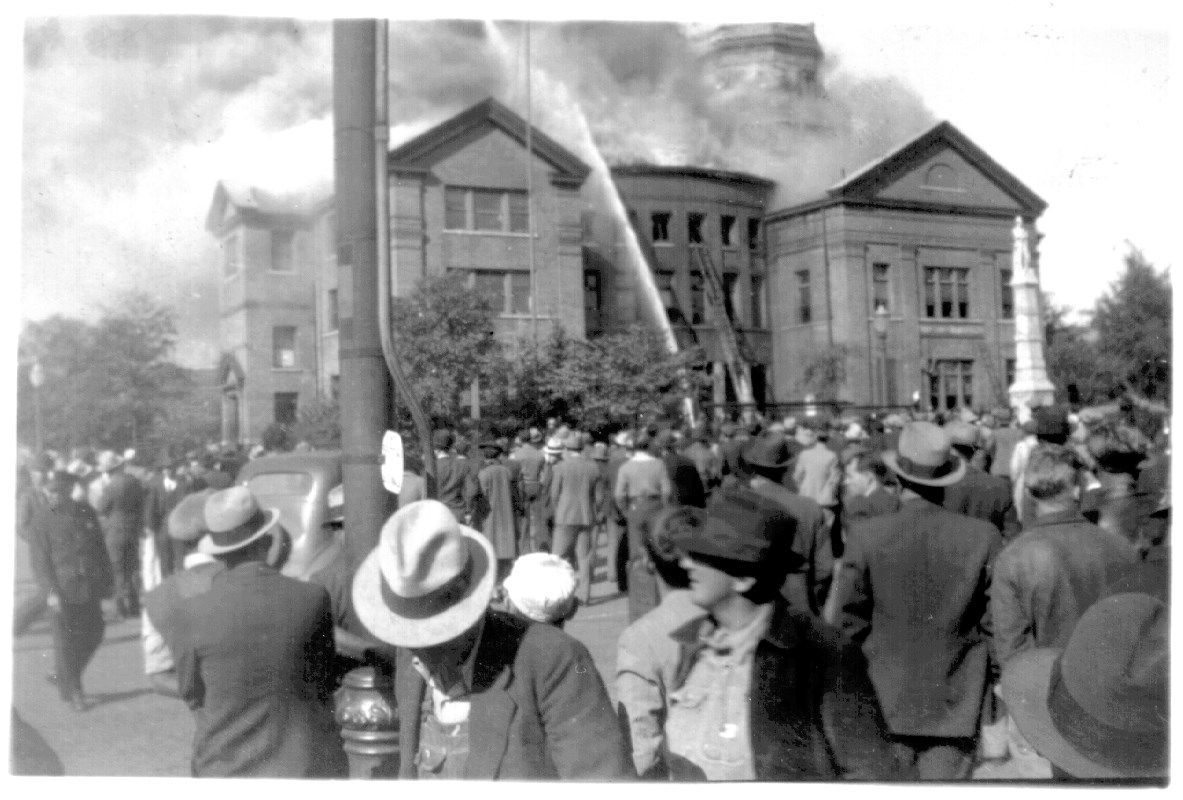My grandmother was a fabulous seamstress. As a housewife, she stitched many of my clothes, and almost all the clothes of my mother and aunt until they were no longer in her home.I have fond memories of sitting at her kitchen table sketching dresses
for my dolls. Perhaps, that is where my love of textiles began.
Since Adam and Eve were kicked out of the garden, clothing has impacted every aspect of life from birth to death. Textiles, from the Latin word “texere” meaning “to weave,” touched every level of society, including the poor or enslaved in their homespun coverings, the middling sort with higher quality weaves and a few embellish- ments, and the aristocrat whose expensive and elaborate garments proclaimed wealth and status.

Wedding gown of Mary (Mamie Lou) Cook (Mrs. Frank Potts). TCA Collections.
Textile refers to a flexible material comprising of a network of natural or artificial fibers, or what we call “yarn.” Formed by weaving, knitting, crocheting, knotting, or pressing fibers together, textiles are almost as old as human civilization. Long before the first textile mill was built here in Troup County, humans were blending fibers to cre- ate cloth. By 8,000 BCE, evidence of looms exist, but the resulting fabric was simply draped over and around the body. It took us humans some time to develop the intricate stitches necessary for a garment and even longer to develop a method of weaving luxurious fibers such as silk into fabric. Grad- ually, garments became more than just coverings and be came works of art.
Many of the textiles in TCA collections are masterpieces, but the unique strength of the collection lies in the modest objects that interpret the lives of everyday Troup Countians. Among these rarities are the faded sampler on which a young girl practiced her embroidery, the quilt made by an enslaved African-American woman, and tiny baby gown worn by a beloved grandchild one hundred and fifty years ago. The love and care in each stitch seems to transcend time.
One particular piece, though, stands out in my mind. It’s slim shirtwaist and collar are accentuated by the smallest black beadwork while the skirt features two large ruffles. The leg-of-mutton sleeves were all the rage in the 1890s, as the bustle began to de- crease and fashion shifted from an exaggerated posterior to an exaggerated shoulder. Made of copper-colored silk and deep green silk velvet, one would not immediately think of it as a wedding gown.

Dangers of Long Walks, an article discussing what exercises are and are not safe ran on the opposing page from Miss Mary Cook’s engagement announcement in the LaGrange Reporter, August 26, 1892, page 9. TCA Collections.
Miss Mary (Mamie Lou) Cook married Mr. Frank Potts in the Long Cane community on September 1, 1892. At noon, the bride walked down the aisle of the Methodist Church in Long Cane wear- ing the dress that was in perfect style of the day. From the church, the bridal party were driven in carriages to the train station at Gabbettville where they enjoyed a luncheon before the newlyweds departed by train for Atlanta. The September 2, 1892 article in the LaGrange Reporter goes on to tell of what a fine gentleman Mr. Potts was known to be and wished them a “happy lot”.
The dark colors of the dress were certainly befitting the early fall wedding date, but more so, they were not easily dirtied in the dust of the station. The dress was dual purpose – stylish and elegant enough for her wedding yet struc-tured and hearty enough for travel.
Occasionally we receive questions regarding such items as a dress that is simply being maintained in stor-age: of what value is that to the study of history? To answer, we must con-sider that history is, on a fundamen-tal level, all about understanding the relationships between people and events. What events occurred be-cause of a person’s (or persons’) ac-tions and how did that action ripple out into the community, national, or world? So, what does the fashion of the 1890’s and Mrs. Pott’s dress tell us?
The 1890s were a transitional decade from the stiff Victorian Era to a new century. New freedoms drove a decade we now know as the “Gay Nineties.” Urban centers were growing, and new technologies, such as the introduction of electricity into clothing manufacturing greatly influ-enced design. Women enjoyed new levels of independence; during the decade the number of women em-ployed outside the home almost dou-bled. The “New Woman” of the era was an intellectual young female who worked, cycled, and played sports. Even in rural West Georgia, we find newspaper articles detailing the im-portance of cycling. Understandably, fashion mimics the time. A lady’s dress had to accommodate those activities, and while a wealthy wom-an would have still regarded the complex rules that governed morning, afternoon, and evening wear, the simplified silhouette was seen throughout the day. Menswear began to have a significant influence as well. Women’s clothing of the era is most marked by the shirtwaist ensemble, as captured in another newly-wed couple’s por-trait in which Mrs. I.N. Phelps Stokes was painted in sporty daywear. We see similar lines in Mrs. Pott’s wedding attire.
Just as history repeats itself, so too does fashion. Remember the “power jacket” of the 1980s? Or perhaps Princess Diana’s silk-taffeta wedding gown with the giant puff sleeves and prominent ruffled neckline? The characters on TV shows like Dyn-asty and Dallas wore wardrobe of puff shoulder dresses inspired women all over to stitch extra shoulder pads into their jackets. Interestingly, you may remember the 1980s were similar in some ways to the 1890s. Sandra Day O’Connor was appointed to the United States Supreme Court, Geraldine Ferraro was the first woman vice president nominee, and Sally Ride became the first American woman in space. Women were blazing new career paths and the power suit, complete with shoulder pads as wide as a linebacker, was a necessity.
This leads to one last question: when will giant, puffy sleeves come around once again? While fashion is certainly indicative of history, it is never flattering to all women. I certainly hope it isn’t in my lifetime. – Shannon Gavin Johnson




